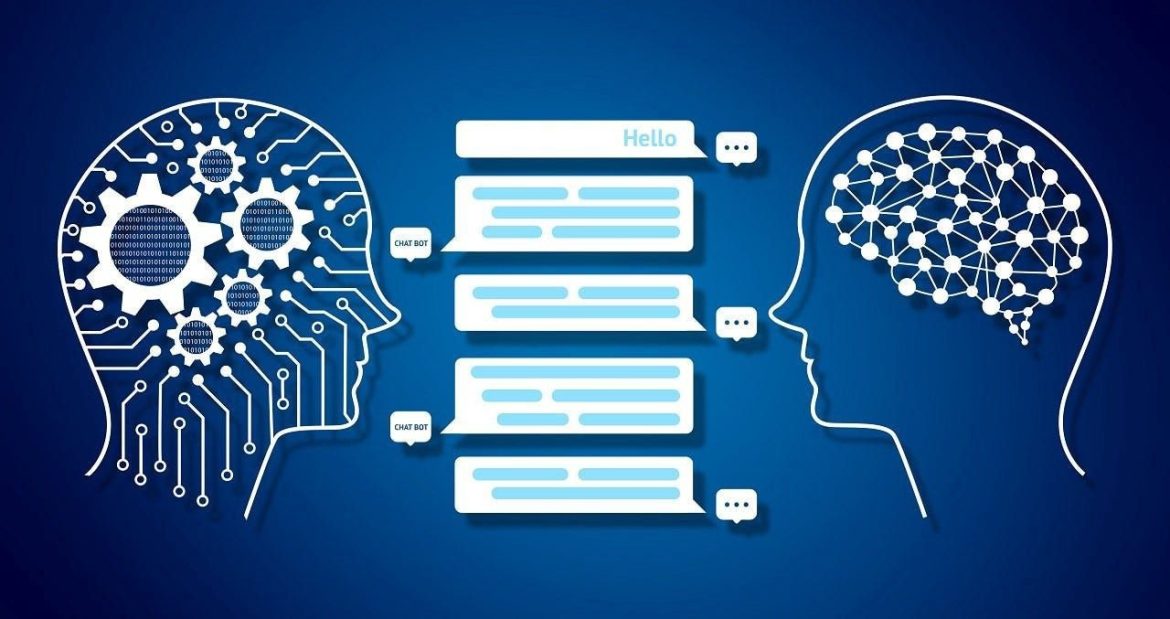Conversational AI has transformed the way businesses engage with customers and streamline internal processes. From simple chatbots to sophisticated virtual assistants, the evolution of conversational AI has been driven by advancements in natural language processing (NLP), machine learning, and human-computer interaction.
The Rise of Chatbots
Chatbots, the predecessors of modern conversational AI, emerged as a way to automate customer interactions and provide 24/7 support. Early chatbots were rule-based systems that followed predefined scripts and provided basic responses to user queries. While these chatbots were limited in their capabilities, they laid the foundation for more advanced conversational AI systems.
As technology advanced, chatbots evolved to incorporate machine learning algorithms and NLP techniques, enabling them to understand and respond to natural language input more effectively. Today, chatbots are used across various industries, including e-commerce, customer service, and healthcare, to automate routine tasks, answer common questions, and provide personalized assistance to users.
The Emergence of Virtual Assistants
Virtual assistants represent the next stage in the evolution of conversational AI, offering more sophisticated capabilities and personalized experiences. Unlike traditional chatbots, virtual assistants can perform a wide range of tasks, from scheduling appointments and setting reminders to providing personalized recommendations and performing complex transactions.
Virtual assistants leverage advanced NLP models, such as deep learning-based language models, to understand the context and intent behind user queries and generate more accurate and relevant responses. They also integrate with various data sources and APIs to access information and perform tasks on behalf of users, making them invaluable tools for enhancing productivity and efficiency.
Key Technologies in Conversational AI
Several key technologies underpin the development of conversational AI systems:
1. Natural Language Processing (NLP)
NLP is a branch of artificial intelligence that focuses on the interaction between computers and human languages. NLP techniques enable conversational AI systems to understand and interpret natural language input, extract relevant information, and generate appropriate responses. Advances in NLP, such as transformer-based models like BERT and GPT, have significantly improved the accuracy and fluency of conversational AI systems.
2. Machine Learning
Machine learning algorithms play a crucial role in training conversational AI models to understand and respond to user input effectively. Supervised learning techniques are used to train models on labeled datasets of human-human conversations, while reinforcement learning enables agents to learn from interactions with users and improve over time. Transfer learning, where pre-trained models are fine-tuned on domain-specific data, has also become increasingly important in building robust conversational AI systems.
3. Speech Recognition
Speech recognition technology enables conversational AI systems to transcribe spoken language into text, allowing users to interact with virtual assistants through voice commands. Advances in deep learning, particularly convolutional neural networks (CNNs) and recurrent neural networks (RNNs), have significantly improved the accuracy and robustness of speech recognition systems, making them suitable for a wide range of applications, from virtual assistants to voice-controlled devices.
Applications of Conversational AI
Conversational AI has diverse applications across various industries:
1. Customer Service
Conversational AI systems are used to automate customer support processes, answer frequently asked questions, and provide personalized assistance to users. By leveraging chatbots and virtual assistants, businesses can enhance customer satisfaction, reduce response times, and scale their support operations more efficiently.
2. Healthcare
In the healthcare industry, conversational AI is used to provide virtual consultations, answer medical queries, and assist patients with medication management and appointment scheduling. Virtual health assistants enable healthcare providers to extend their reach, improve patient engagement, and deliver personalized care remotely.
3. Education
Conversational AI platforms are increasingly being used in education to provide personalized learning experiences, answer student questions, and deliver educational content through chatbots and virtual tutors. These systems can adapt to individual learning styles and preferences, making learning more engaging and accessible to students of all ages.
Future Directions
As conversational AI continues to evolve, several trends are shaping the future of the technology:
1. Multimodal Interfaces
The integration of speech recognition, natural language understanding, and visual input is enabling conversational AI systems to support multimodal interactions, where users can engage with virtual assistants using a combination of voice, text, and gestures.
2. Contextual Understanding
Advancements in contextual understanding, such as memory-augmented neural networks and graph-based models, are enabling conversational AI systems to maintain context across multiple interactions and provide more personalized and contextually relevant responses to user queries.
3. Emotional Intelligence
The integration of emotional intelligence into conversational AI systems, through sentiment analysis and affective computing techniques, is enabling virtual assistants to recognize and respond to users’ emotions, leading to more empathetic and engaging interactions.
In conclusion, conversational AI represents a paradigm shift in human-computer interaction, enabling more natural and intuitive interactions between users and machines. From simple chatbots to sophisticated virtual assistants, the evolution of conversational AI has been driven by advancements in NLP, machine learning, and speech recognition. As the technology continues to advance, the possibilities for enhancing productivity, improving customer experiences, and revolutionizing various industries are limitless.
